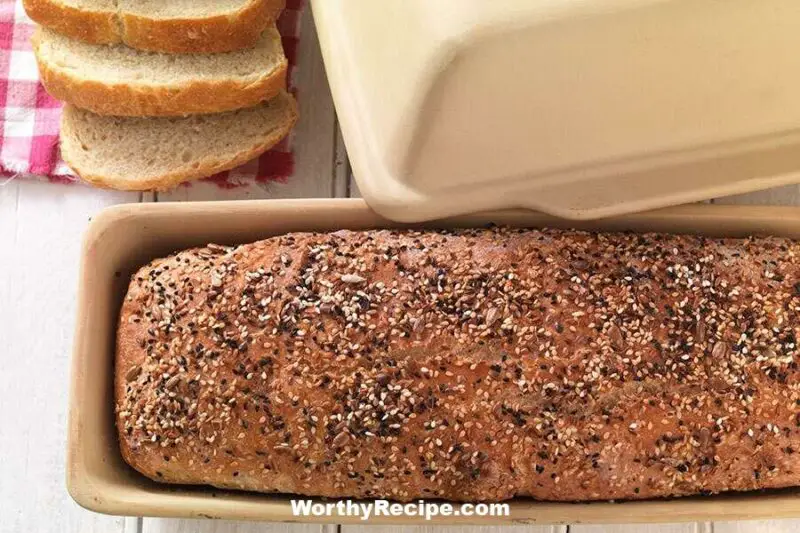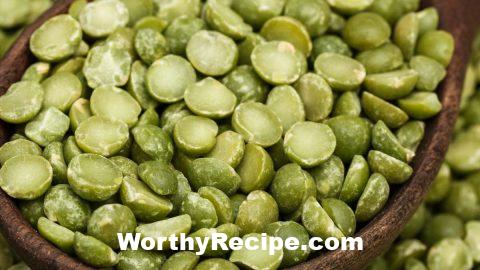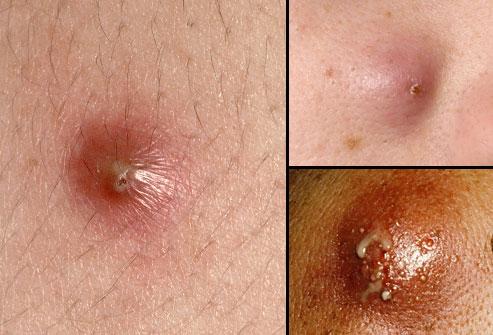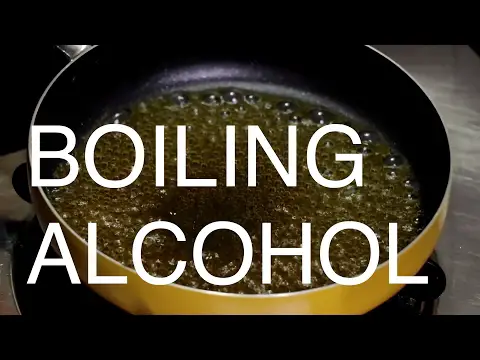Frequently Asked Question: Can I Bake Bread in a Ceramic Dish?
As more people are getting into baking bread at home, questions arise about using different types of bakeware. One common question that arises is whether a ceramic dish can be used for baking bread. In this article, we will explore the characteristics of ceramic dishes, their suitability for baking bread, and some tips on how to use them effectively.
Understanding Ceramic Dishes
Ceramic dishes are typically made from clay that is shaped and fired in a kiln. They are popular for serving food due to their durability and attractive design. The glaze on the ceramic provides a smooth and non-porous surface to prevent food from sticking to the dish.
When it comes to using ceramic dishes for baking, there are a few things to consider. First, ceramic dishes may not conduct heat as efficiently as metal bakeware due to their lower thermal conductivity. Also, unlike metal pans, they are porous and may absorb moisture during baking.
Baking Basics: Choosing the Right Pan for Bread
Before we discuss the pros and cons of using a ceramic dish for baking bread, let’s review some factors to consider when choosing an ideal pan for bread.
Loaf Size and Shape
The size and shape of your loaf will determine the size of your pan. A larger loaf will require a bigger pan while an oblong loaf may require an oval-shaped pan. Choose a pan that allows the bread to rise without touching the sides or top of the pan.
Material
The most common materials used for bread pans are metal (aluminum or steel) and glass. Metal pans conduct heat well but tend to produce a crispy crust, while glass pans retain heat and bake bread evenly.
Heat Distribution
Even heat distribution is essential for perfect bread. This means choosing a pan that can distribute heat evenly. A heavy pan will retain more heat and help prevent hot spots from forming in the bread.
Advantages of Using a Ceramic Dish for Baking Bread
Using a ceramic dish for baking bread has some unique advantages. Let’s explore a few reasons why you might choose to use one for your next loaf of bread.
Aesthetic Appeal
Ceramic dishes are eye-catching and come in different colors and designs. They can add an attractive touch to your table when serving fresh bread.
Better Moisture Retention
Ceramic dishes absorb moisture from the dough, which can result in loaves with moist interiors and soft crusts. In contrast, metal pans tend to produce bread with a crisper crust due to their ability to transfer heat effectively.
Non-Reactive Material
Unlike metal pans, ceramic dishes are non-reactive, which means they do not react with acidic ingredients like tomatoes or lemon juice, keeping them safe for cooking and baking various recipes.
Versatility
Ceramic dishes are versatile and can be used for baking other items like quiches and pies in addition to bread. This versatility makes them excellent investment pieces for home cooks.
Disadvantages of Using a Ceramic Dish for Baking Bread
While there are many advantages to using a ceramic dish for baking bread, there are also some limitations that you should be aware of before deciding on this bakeware.
Poor Heat Retention
Ceramic dishes absorb and retain heat differently than metal pans. They don’t transfer heat as well, which makes them unsuitable for baking bread quickly at high temperatures.
Longer Baking Time
Due to their lower thermal conductivity, ceramic dishes may require extended baking times compared to other materials. If baking time is an issue, then a metal pan may be a better option.
Limited Size Options
Ceramic dishes come in limited sizes compared to metal or glass pans. It may be challenging to find the appropriate size for your recipe, which could result in unevenly baked bread or overflowing dough.
Tips for Using Ceramic Dishes When Baking Bread
If you decide to use a ceramic dish for your next loaf of bread, here are some tips to help you get the best results.
Best Bread Recipes for Ceramic Dishes
- Bread recipes with higher hydration since they will benefit from the ceramic’s moisture-absorbing properties.
- Breads that require a softer crust such as sandwich loaves or enriched dough.
- Breads that require less browning—e.g., sourdoughs tend to work well in ceramic dishes due to their moist nature and may also benefit from softer crusts.
Preparation and Preheating the Ceramic Dish Before Putting in the Dough
To prevent sticking, grease the inside of your ceramic dish with butter or oil before placing in your dough. Preheat the oven and the dish before putting in your dough. The warm dish will hasten yeast activity and promote bread rise.
How to Adjust Baking Time and Temperature When Using a Ceramic Dish
Ceramic dishes make a difference in heat retention, so it’s essential to monitor the baking process carefully. Reduce oven temperature by 25 degrees if using ceramic bakeware to avoid over-browning of the bottom and sides, which may cause undercooked insides.
How to Clean and Maintain a Ceramic Dish
Ceramic bakeware should always be washed with mild dish soap, and a soft sponge or dishcloth. Avoid using abrasive materials that can scratch the surface of the ceramic dish. You can extend the life of your ceramic dish by keeping them free of moisture while storing as well as by using plastic wrap or aluminum foil—a great way to ensure longevity is avoiding sudden temperature changes to keep the finish intact.
Alternatives to Baking Bread in Ceramic Dishes
If you decide that baking bread in a ceramic dish isn’t for you, there are other bakeware options worth considering. Parchment-lined metal pans or glass through pans are good alternatives that provide even cooking temperatures without having to worry about prolonged cooking times or uneven browning.
Frequently Asked Questions about Baking Bread in a Ceramic Dish
- Can you put a ceramic dish under the broiler?
- Can I use soap on my ceramic bakeware?
- Can I use my ceramic bakeware directly on a stovetop burner?
- Do I need to preheat my oven before placing my dough on ceramic bakeware?
- Can I use my ceramic bakeware in the microwave?
Answers to these and other common questions can be found by reading the manufacturer’s instructions or checking with the kitchenware supplier.
Conclusion: To Use or Not to Use Ceramic Dish for Baking Bread?
Ceramic dishes are an attractive option for baking bread at home. They absorb moisture, are non-reactive, and come in various designs and sizes. However, they may have longer baking times and limited size options compared to metal or glass pans. Before deciding on using a ceramic dish, it’s essential to consider your recipe, loaf size, baking time, and temperature requirements.
Ultimately, whether you decide to use a ceramic dish or not boils down to your personal preferences. Additional considerations about what type of loaf you’re making, the temperature requirements of your oven, and your tolerance for experimenting with kitchen materials before reaching for more traditional bakeware options like aluminum or steel.
References
- Crafty Baking. (). Baking Pans: Substitution Chart.
- Kalchik, S. (). Ceramic vs. Glass Baking Dishes: What’s the Difference? Our Blog.
- Savor The Best. (). Placing Dough in Cold Oven: Does it Result in Better Bread?
- Williams Sonoma. (). Guide to Bakeware
Frequently Asked Questions
1. Can I bake bread in a ceramic dish?
Yes, you can definitely bake bread in a ceramic dish! Ceramic dishes are a great alternative to traditional baking pans because they distribute heat evenly and retain moisture during baking, resulting in a perfectly baked loaf of bread.
2. What type of ceramic dish is best for baking bread?
We recommend using a heavy-duty stoneware or porcelain dish with a lid for baking bread in the oven. The lid traps steam during baking, helping to create a crusty and golden brown exterior while keeping the inside of the bread moist.
3. How do I prepare my ceramic dish for baking bread?
To prepare your ceramic dish for baking bread, lightly grease the inside with butter or cooking spray to prevent sticking. You can also sprinkle some flour or cornmeal on the bottom of the dish to add texture and prevent the dough from sticking.
4. What temperature and time should I use when baking bread in a ceramic dish?
We recommend preheating your oven to 450°F and then placing your prepared ceramic dish with the bread dough into the oven for 30 minutes with the lid on. After 30 minutes, remove the lid and continue baking for an additional 15-20 minutes or until the top is golden brown and the internal temperature reaches about 200°F.






